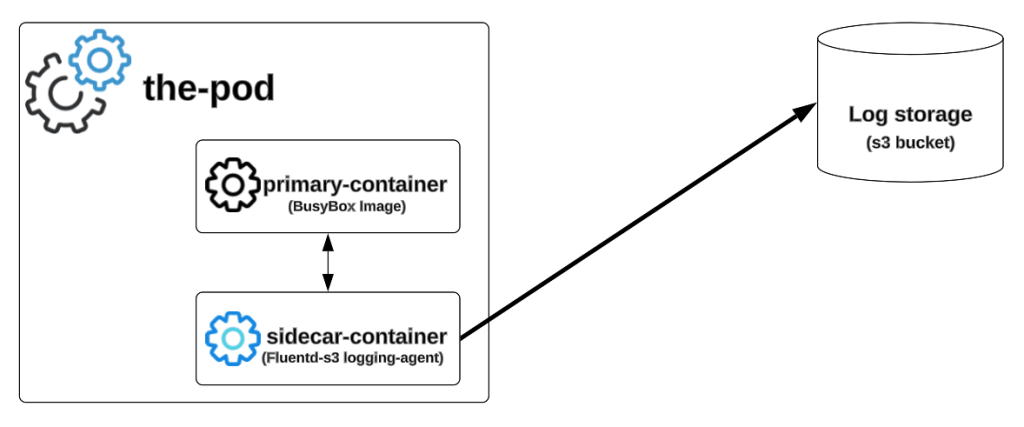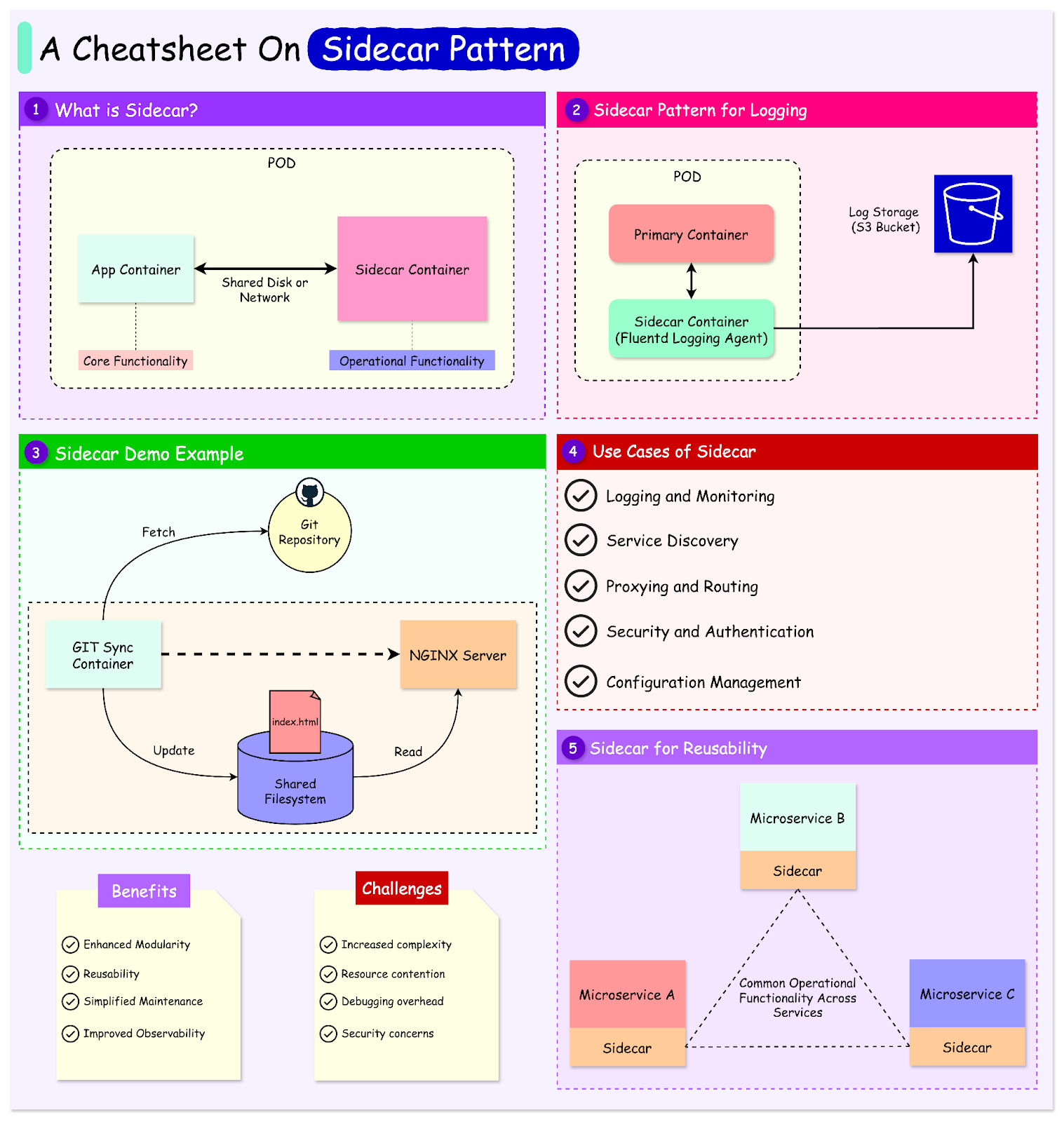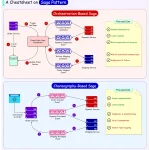Design patterns are reusable solutions to common problems in software design. They provide a structured approach to solving architectural challenges without reinventing the wheel each time.
The sidecar pattern is one such design pattern that has gained prominence in modern software engineering.
At its core, the sidecar pattern pairs a secondary process or service (the “sidecar”) with a primary application to handle complementary tasks. These tasks include logging, monitoring, proxying, security, or configuration management. The sidecar runs alongside the main application, sharing the same host or container, but remains logically and operationally independent.
The sidecar pattern can be compared to a motorcycle with a sidecar. The motorcycle (the primary service) is the main driver, responsible for the core functionality, like transporting a person. The sidecar (the auxiliary service) carries additional tools or passengers, assisting the main vehicle without interfering with its operation.
Similarly, in software systems, the sidecar extends the capabilities of the primary application without being tightly coupled to it.





